While covering a water polo event, I noticed a mom holding her camera. I looked at her and she smiled and said I know, I know I’m holding it wrong.
She then turned her hand and cupped the lens properly. She laughed and said she read my article, For God’s sake, learn to hold your camera! We both started to laugh as she introduced herself. She said, Now I need to learn how to take my camera out of auto mode.
You would not believe how many times I hear that request. My reply, embrace your auto mode and learn from it. New photographers shy away from auto mode because they heard a few grumpy pros say, “Only an amateur shoots in auto mode.” OK … so what?
When you find yourself in a difficult lighting situation and you’re not sure what settings you should use, turn that dial to auto or program mode. Take a few photos and check the metadata of the image. Look to see what the camera intelligently selected for aperture, shutter and ISO. From this starting point, you can select manual mode and dial in those settings. You can do the same for Aperture and Shutter priority.
.mgl-masonry { display: none; } #mgl-gallery-634ef727354e6 { column-count: 3; margin: -5px; } #mgl-gallery-634ef727354e6 .mgl-item { padding: 5px; } #mgl-gallery-634ef727354e6 figcaption { padding: 5px; } @media screen and (max-width: 800px) { #mgl-gallery-634ef727354e6 { column-count: 2; } } @media screen and (max-width: 600px) { #mgl-gallery-634ef727354e6 { column-count: 1; } }
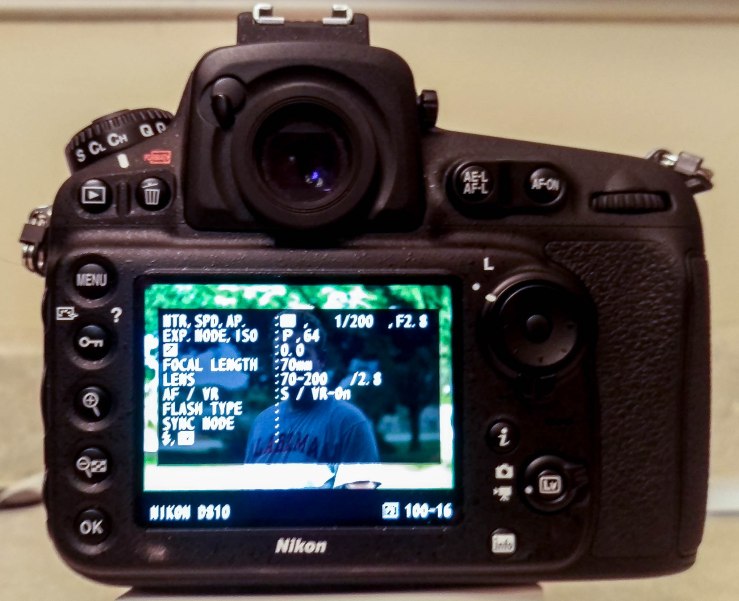
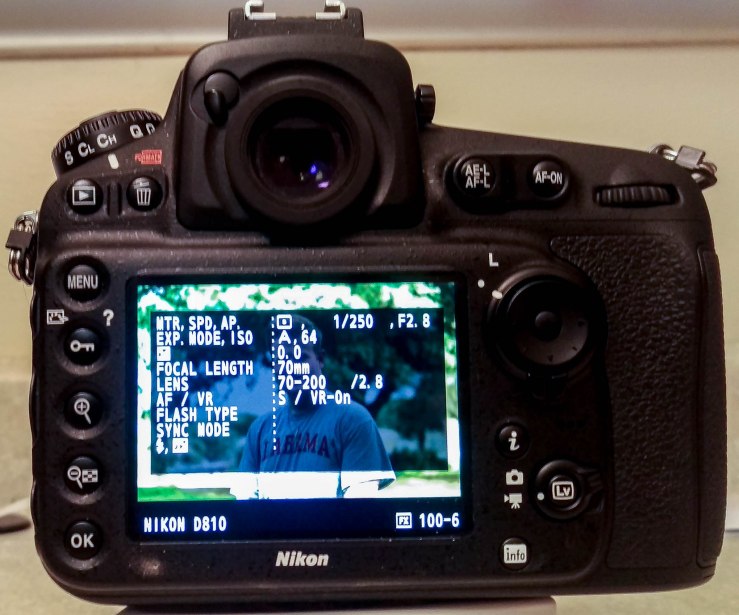
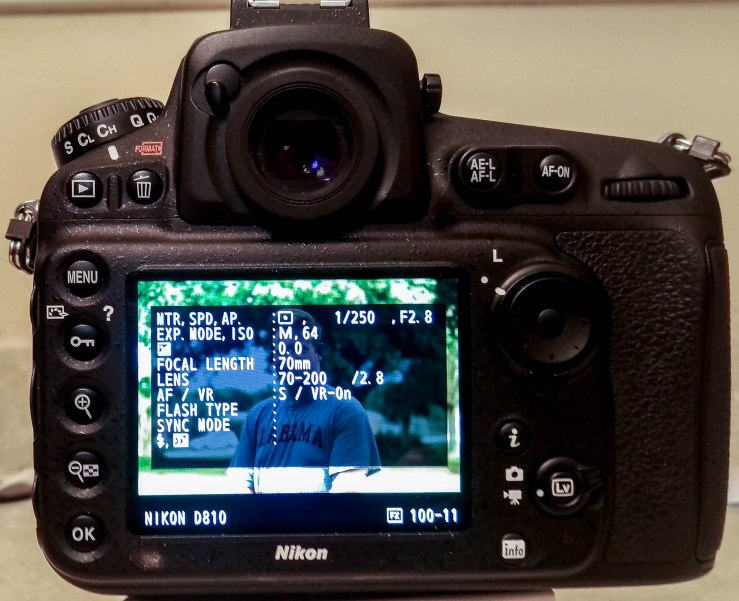
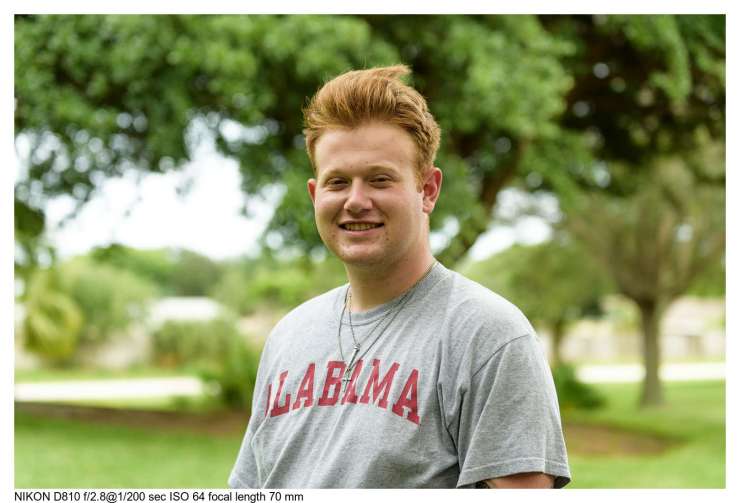
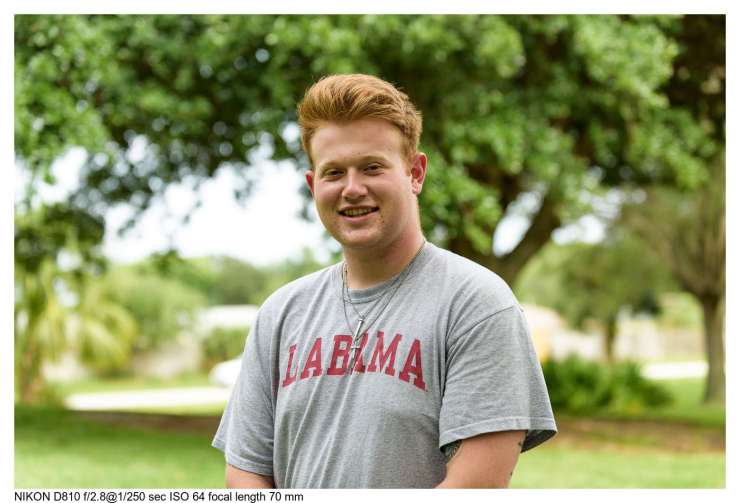

You’re probably wondering if auto mode does such a great job, why not leave the camera in this mode. You can, but you will soon grow out of it. Manual mode lets you become more creative. It’s like driving an automatic car versus a stick shift. The stick shift takes more work but gives you greater control over the vehicle. The same is true for this tip. It’s designed to give you a visual aid when learning about exposure as you graduate to manual mode.
Quick lesson to move from auto mode
- Put your camera in aperture priority mode and change your aperture to f/16. Using a tripod, take a photo of a sunrise or a sunset. Review the metadata of the image. I shoot with a Nikon and I have my camera set to display this information when I press the multifunction arrow keys. If you are not sure how to do this, look in your user manual.
- Select manual mode and dial in those settings.
- Take another shot with the exact settings. The image should look almost identical.
- Now, experiment. Change just one setting to get a different look. Let’s increase your shutter speed, allowing less light to come in. This will make the sky look darker and bring out the colors of the sunrise or sunset.
- To increase light coming in, making the image look brighter, lower your shutter speed.
The key to this lesson is to experiment and have fun. You may not get great shots in the beginning but keep at it. Soon you will be able to start in manual and tweak your setting from there. Make sure you share some of your images with them. Tag me so I can see them.
Tell your story with the second annual Visual Storytelling Conference!
Experience four days of interactive, online training sessions featuring a range of educational content with experienced photographers and content creators. This free event kicks off with a series of technical boot camps to build essential skills, followed by live, online sessions on photography, video, business and social media. Join live from March 10-13, 2022!
